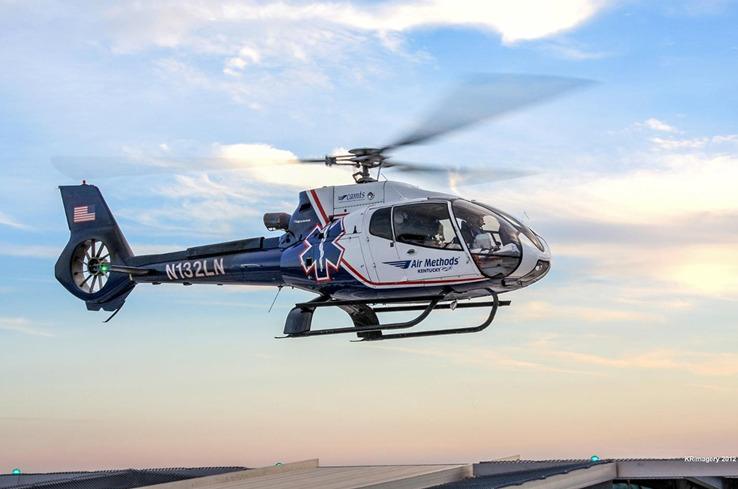HI Insight: What lies behind Air Methods’ Chapter 11 filings

Air Methods is one of the largest air ambulance operators in the US and its financial struggles are likely to have a ripple effect.
Air Methods’ Chapter 11 filings show the company’s first-lien lenders, bondholders and shareholders have agreed to a restructuring plan which will see the company’s debt reduced by $1.7bn. In addition, a group of first-lien lenders have also agreed to immediately disburse $80m in debtor-in-possession (DIP) financing.
DIP financing allows firms who have filed for Chapter 11 to continue operations.
Simply put, the company is facing liquidity issues with debt maturity of $1.25bn within the next six months. Air Methods faces challenges in raising new funds and collect revenues in time amid higher interest rates, changes in regulatory landscapes and the abnormal weather events. Air Method’s bonds were downgraded to ‘junk’ by the Moody’s Ratings Agency in November 2022.
The company said the continuous rise in interest rates and unfavourable debt market conditions have dramatically reduced the company’s free cash flow. Raising fresh funds has proved significantly costlier for companies in the US as the Federal Reserve has increased interest rates by from 0.25% to 5.5% between March 17th 2022 to July 26th 2023.
It also blames the No Surprises Act (NSA) for its financial woes. In its filings, it says the time required in resolution of rate disputes with ‘out-of-network’ payors taken by the Independent Dispute Resolution (IDR) process has resulted in significant increases in the time to collect receivables.
The increase in time required to collect revenue for services delivered due to the introduction of IDR has led to a surge in the company’s ‘days sales outstanding’ (DSO). DSO is the average number of days it takes a company to receive payment for a sale or services delivered.
Severe weather events have also taken a toll on Air Methods’ bottom line. Over the past year, the company said, it has faced higher than normal weather-related cancellations, as weather patterns continue to change dramatically. Air Methods estimates that a 1% variance in its weather cancellation rate can decrease its EBITDA by as much as $11m.
The company said the rate of inflation – especially the recent increases in prices of maintenance costs, freight costs and fuel costs – have put additional strain on operations.
In addition to the financial challenges, Air Methods is also facing operational challenges. The company has been struggling to recruit and retain pilots. This has resulted in higher labour costs as it has had to give out one-time bonuses and higher compensation to attract and retain employees especially those working on the front-line of its business.
Air Methods is one of the largest air ambulance operators in the US and its financial struggles are likely to have a ripple effect.
The company’s bankruptcy filing is also a sign of the challenges facing the healthcare industry as a whole. The rising cost of healthcare is putting a strain on both patients and providers. Air Methods is not the only healthcare company that has filed for bankruptcy in recent years.
Other healthcare companies, such as American Physical Partners and Envision Healthcare, have also filed for bankruptcy early this year citing the disruptions to the revenue caused by the NSA.
The bankruptcy filing is also a reminder of the importance of government regulation in the healthcare industry. The NSA was passed in 2020 in a bid to protect patients from surprise medical bills. However, the NSA has also made it more difficult for air ambulance companies to get reimbursed for their services.






